The places featured in our regenerative communities series demonstrate an intentional and holistic approach to shaping the places where we live. It’s not just about project results, whether they be solar-generated electricity and green spaces or local jobs and permanently affordable housing. It’s about the processes, collaboration, community leadership, and care that go into achieving those results. Through this series, we hope to show that we can all aspire to something beyond ‘sustainable and affordable’—collectively, we can start to envision developments that revitalize communities, restore ecosystems, and give places the ability to evolve and adapt to whatever changes the future holds.
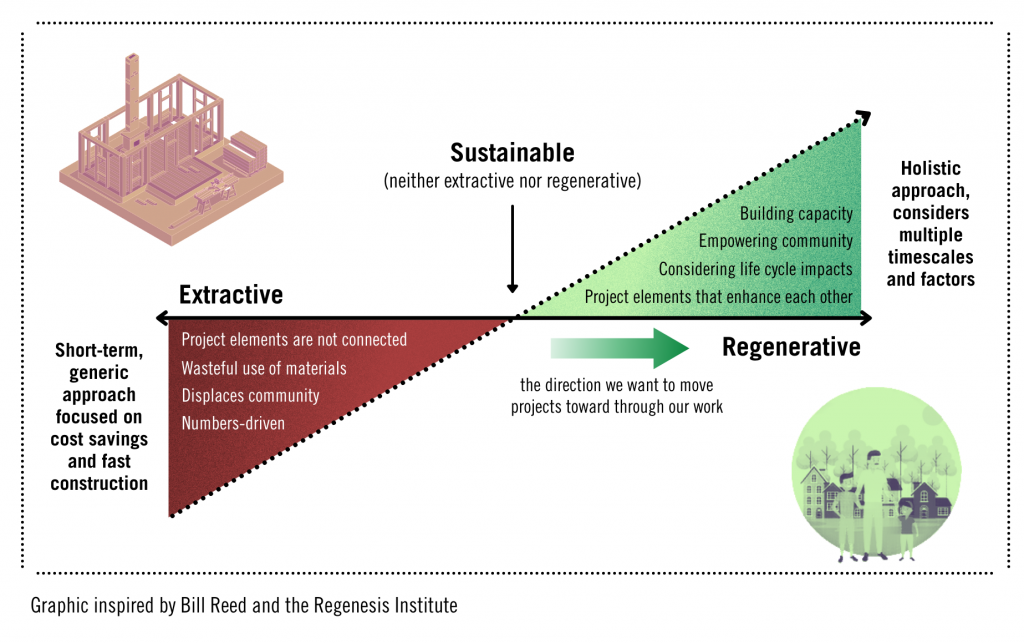
Watts is a community with a strong and unique identity—its residents are part of a rich history that includes progressive activism, vivid cultures and countless contributions that have shaped the story of Los Angeles.
- Katrina Kubicek and Miranda Denerson, Watts Rising Tweet
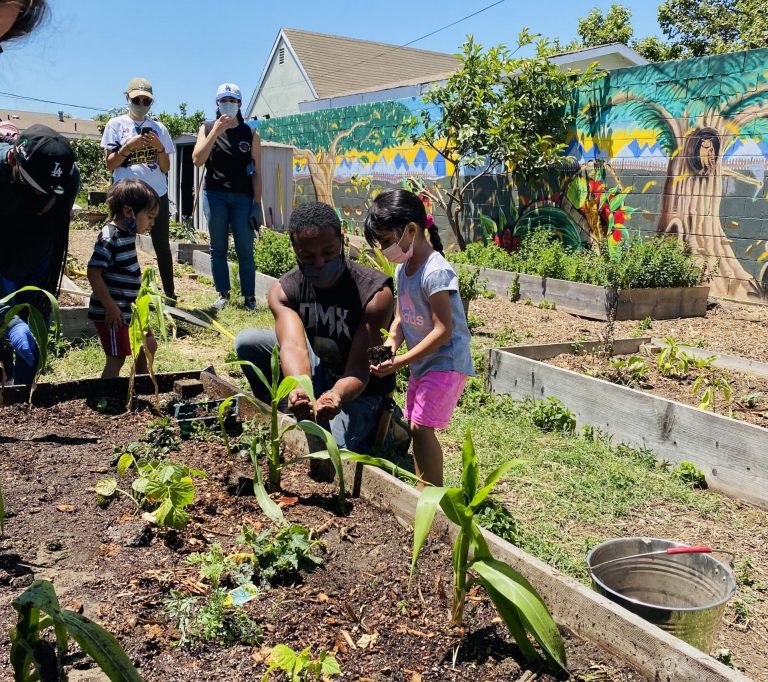
Photo Credit: Watts Rising Team
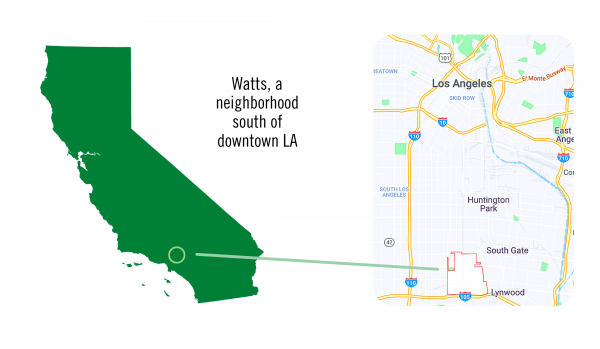
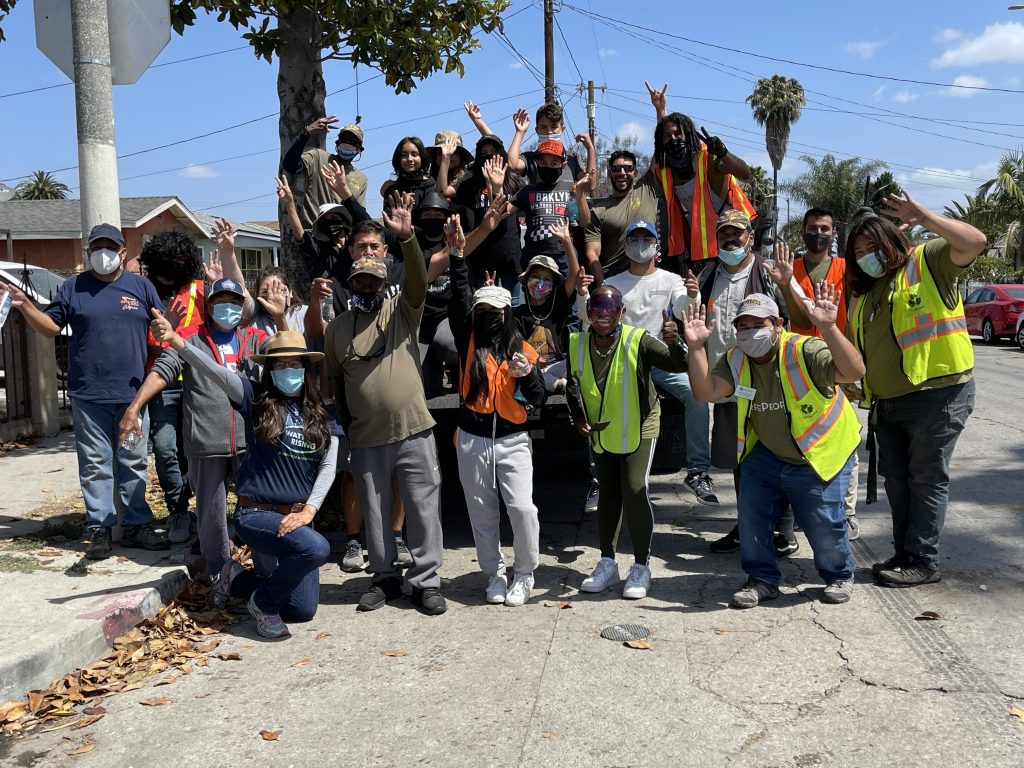
Photo Credit: Watts Rising Team
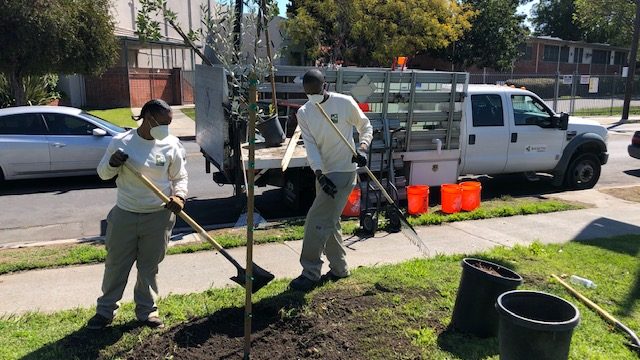
Photo Credit: Watts Rising Team
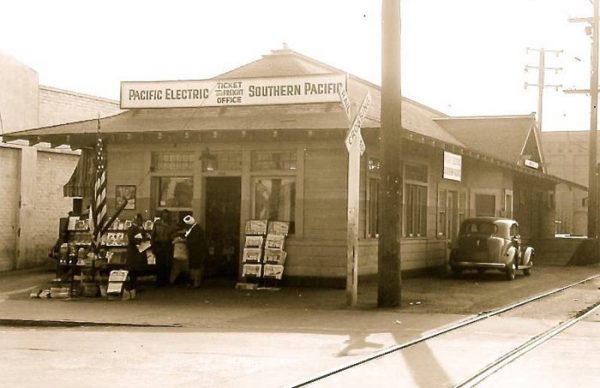

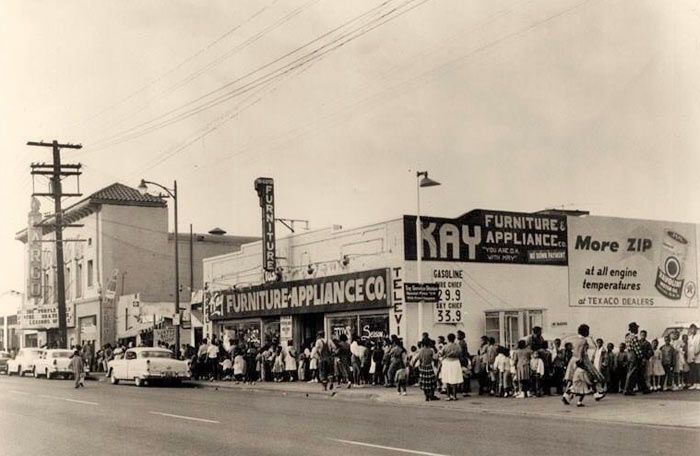
Photo Credit (for all history photos): Watts Neighborhood Council Website
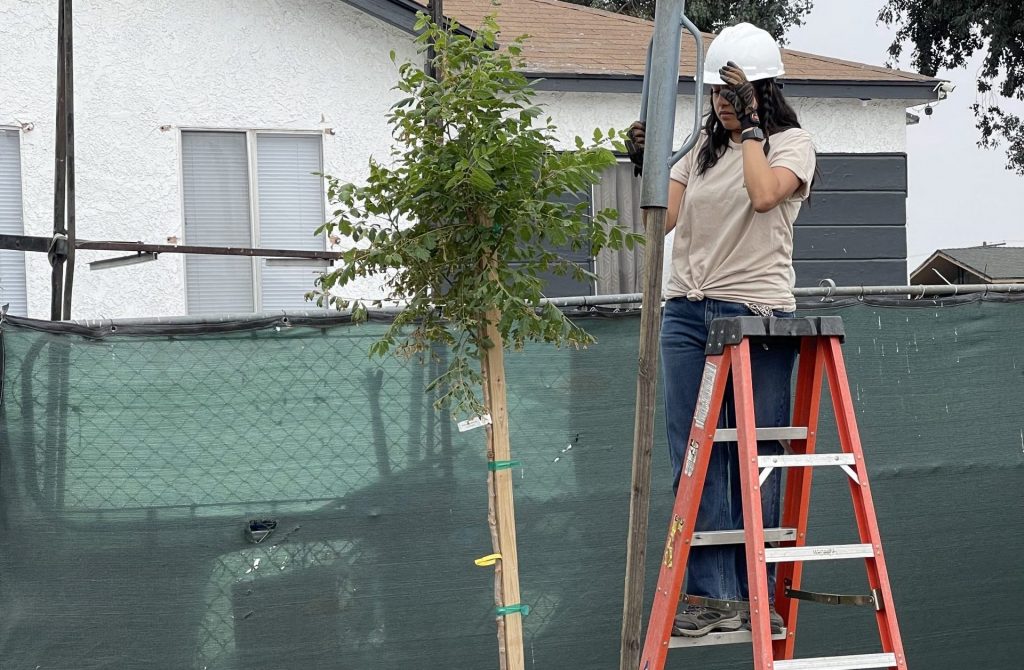

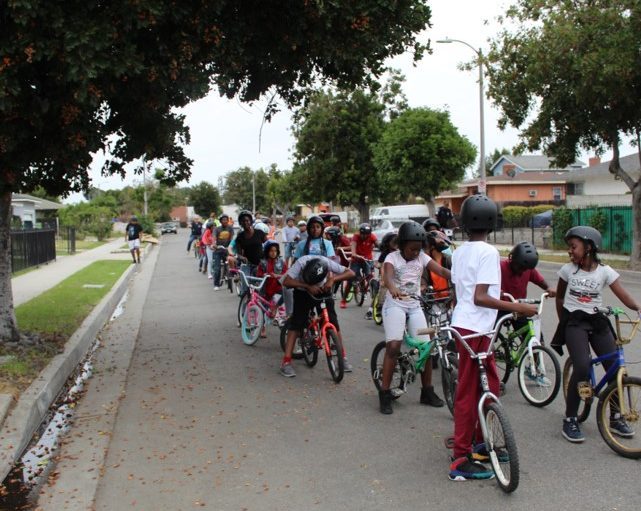

One of four urban forestry projects within Watts Rising, this project will improve the water and energy efficiency of the Edwin Markham Middle School Garden. It has already played an active role in the community—between April 2019 and June 2020, the garden distributed over 6,000 pounds of food to support community members struggling with food insecurity.
The garden will offer paid internship opportunities for high schoolers, volunteer options for middle and high schoolers, and generally serve as an educational space for the entire Watts community. 100 shade trees will also be grown and distributed to community members on volunteer days throughout the year.
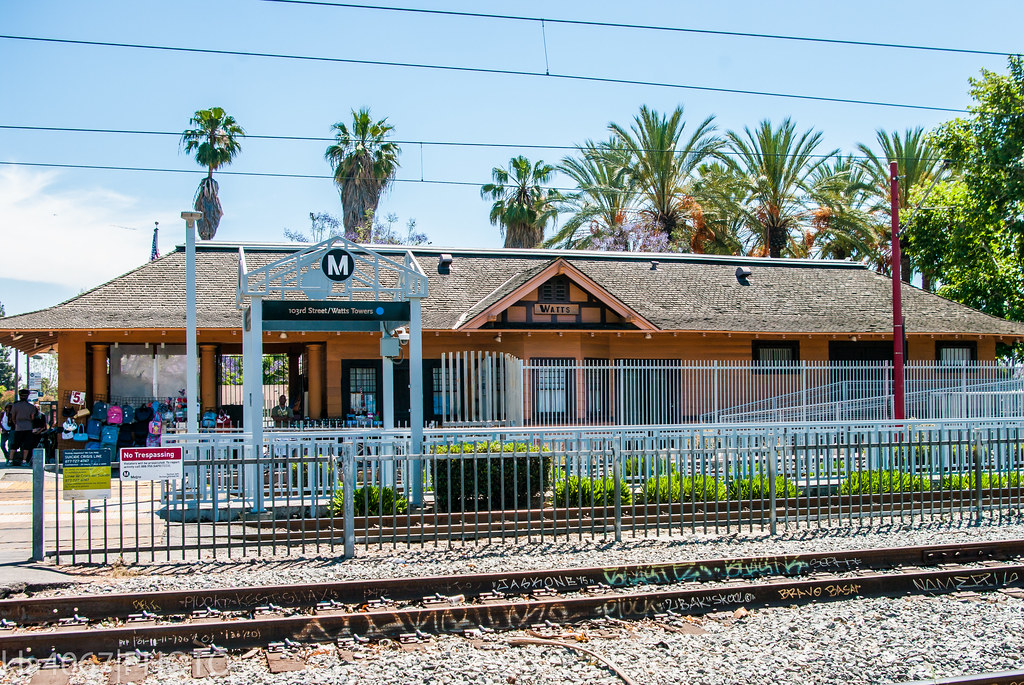

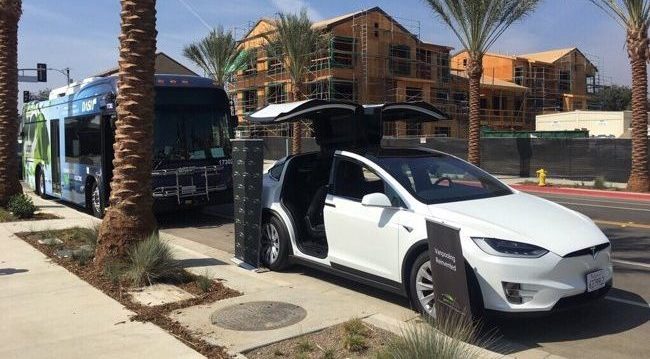
Photo Credit (for all project photos): Watts Rising Team
The California Strategic Growth Council (SGC), which runs TCC, has calculated the quantitative benefits of Watts Rising’s TCC-funded projects. By the time all 17 TCC-funded projects reach the end of their respective lifetimes, the SGC estimates that they will avoid over 60,000 metric tons of GHG emissions, save residents more than $12 million in travel and energy costs, create the equivalent of nearly 350 full-time jobs, and greatly reduce stormwater runoff and VMT.
While these numbers are impressive, it is also important to look beyond them and consider how these benefits are helping residents build capacity. For example, 26 kilowatts of solar and installation trainings aren’t just producing clean energy—they’re also saving residents money, increasing their budget for essential items like healthier food, contributing to community resilience, and keeping skills and jobs within the community. By building knowledge and more sustainable systems locally, these benefits are shaping Watts into a neighborhood that can continue to evolve through the efforts and experience of its residents.



Alex Coba
Communication Associate
As a proud California native from Stockton, Alex brings a wealth of experience and a versatile skill set. He has a solid communication background with a Bachelor of Arts in Journalism and Public Relations from California State University, Chico. Alex is adept at strategic communications and media relations, with experience gathering and sharing stories from his local communities that uplift the unique spirit and values of those places. He is excited to join Build It Green, where he can apply his talents to further BIG’s mission to help communities across California thrive